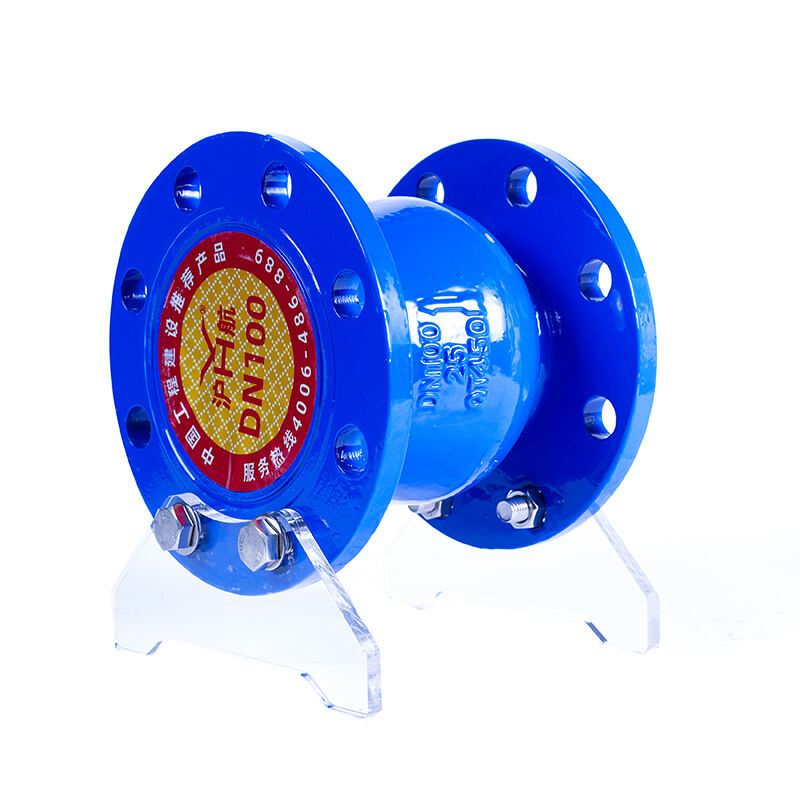motor butterfly valve
A motor butterfly valve is an advanced flow control device that combines mechanical precision with automated operation. This innovative valve system consists of a disc mounted on a rotating shaft, controlled by an electric motor that enables precise regulation of fluid or gas flow in pipelines. The motor actuator provides automated control over the valve's position, allowing for remote operation and integration with modern control systems. These valves are engineered to handle various media types, from water and air to chemical solutions, making them versatile components in industrial processes. The design incorporates robust sealing mechanisms and durable materials, ensuring reliable performance even in demanding conditions. What sets motor butterfly valves apart is their ability to provide accurate flow control while maintaining efficiency in both fully open and partially closed positions. They feature quick opening and closing capabilities, essential for process control and emergency shutoff situations. The motor-driven mechanism ensures consistent operation, reducing the need for manual intervention and minimizing human error. These valves are particularly valuable in applications requiring precise flow regulation, such as HVAC systems, water treatment facilities, and industrial processing plants.


